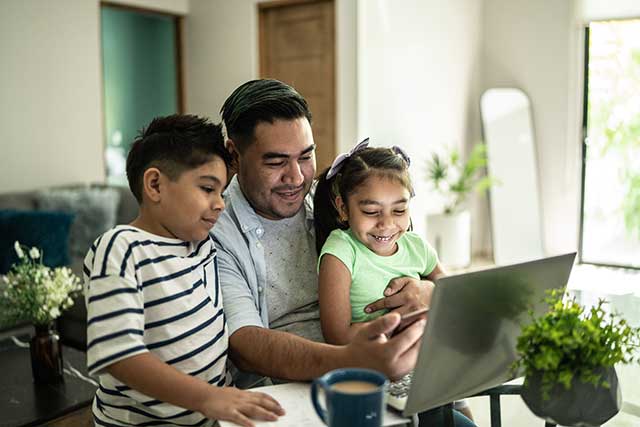Your online shopping safety checklist
Here's how to make online shopping more secure.
Here's how to make online shopping more secure.
Does the website’s address start with 'https' and show a padlock symbol on your web browser? These usually indicate the site is secure. If the padlock is broken, the site isn’t safe for payments; don’t use it.
By clicking on the padlock, you can check the site's certificate - this gives you information on who registered the site.

It’s good to shop around for the best price, but if you find a product is cheaper or only available on a site you haven’t heard of before, be cautious – is it too good to be true?
Check customer reviews on Trustpilot and also make sure the site has contact details. Scam websites usually don’t have the customer service info (phone number, address, social media) you’d expect to see.
Avoid paying by bank transfer – this payment type cannot be recalled if there is an error, which puts it at a higher risk of fraud.
Use a secure method to pay such as debit or credit card.
Note the payment and delivery details, and the terms and conditions when you buy. Check that the amount on your card statement or taken from your account is correct too.
Keeping track of your order means you'll notice sooner if there are any issues, then you can act quickly.
Remember to keep software and virus protection up to date on your laptop, tablet and phone and use strong passwords for your online accounts. Here are some tips for creating strong passwords. It’s best to avoid using public wi-fi when you’re shopping online – your standard data connection is more secure.
Remember to keep your security details safe and don't share them with anyone.
If you're not sure about a website or you have any suspicions at all, don't go ahead with the transaction. A professional-looking website isn't always a sign that it's safe and, if an offer looks too good to be true, it could be a scam.
